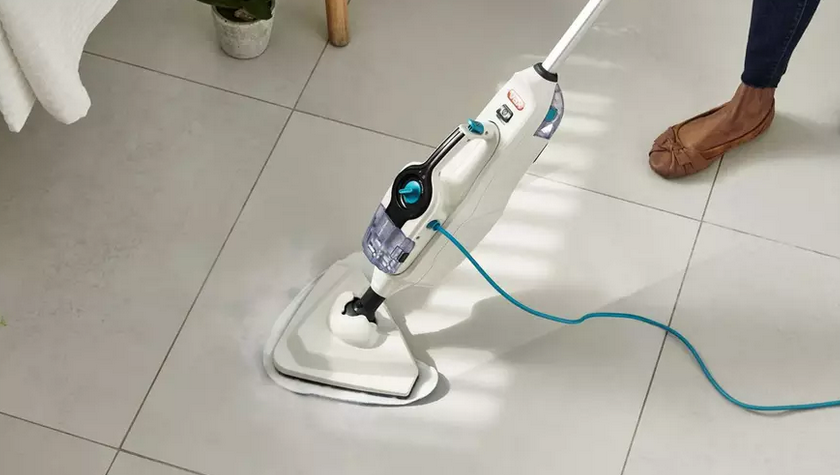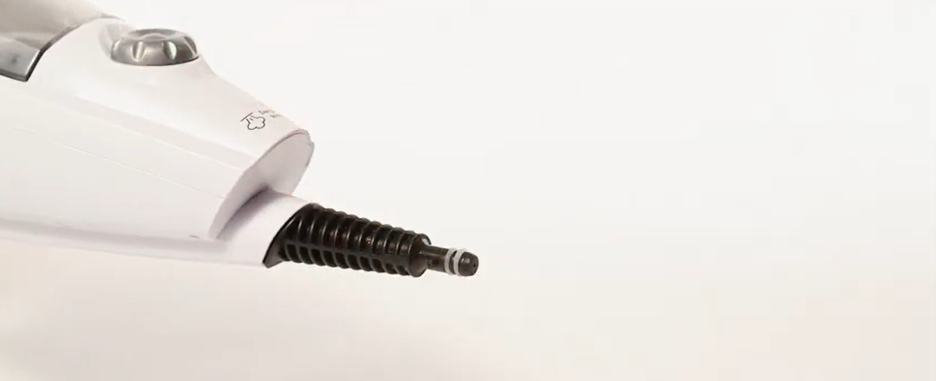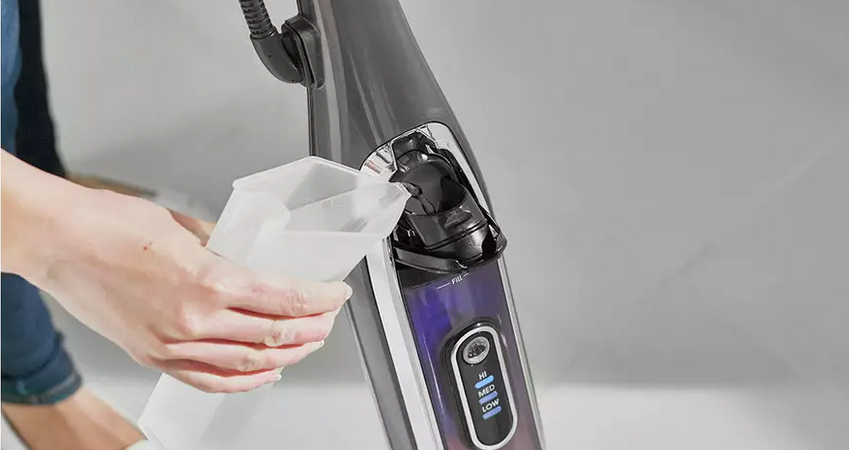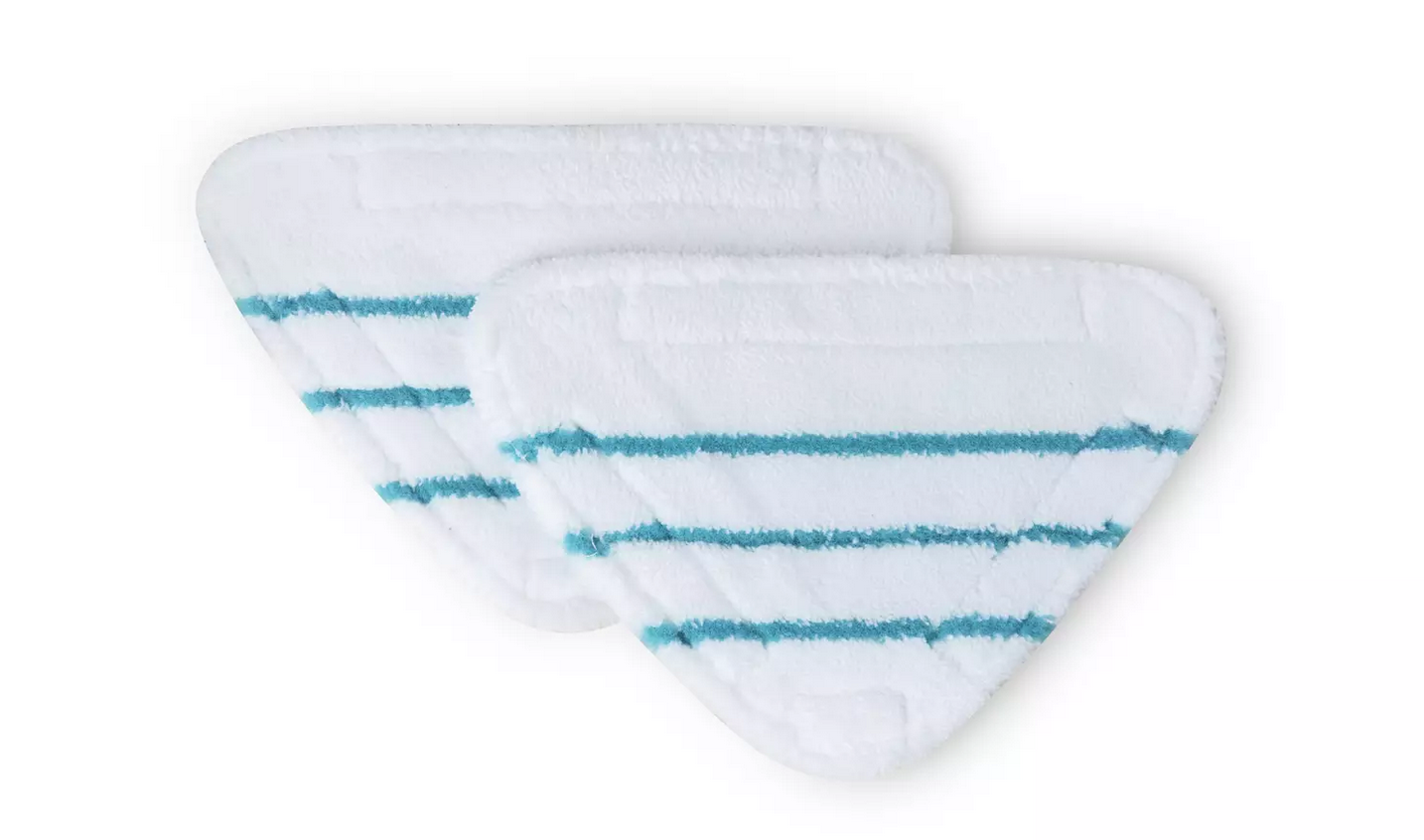
Steam mops have become increasingly popular in the home. They don’t just keep your floors clear from dirt, but can help to make dull floors shine again with the steam technology. If this isn’t working correctly, this can be a nuisance for cleaning your floor. In this article we highlight things to try if your steam mop isn’t producing steam.
Removing blockages
A lack of steam could be the result of a blockage somewhere in the mop or an accessory. You can check for blockages by removing accessories and checking any visible connections. Blockages can be removed by gently shaking accessories, or using a small object to remove any debris. If you find the issue is only occurring with particular attachments, it may be an issue with the attachment itself so you may need to source an alternative to use.

Checking there is sufficient water
Steam issues can also be a result of insufficient water. If you are unsure how much water should be in the tank then refer to your user manual, but typically the water tank will have a minimum and maximum line. If too low and below the minimum, it is likely the tank will struggle to heat and as a result will not produce steam. If this is the case, refill the tank to the required level.

Giving enough time to steam
If you are finding your mop isn’t producing steam, you should also ensure you are giving it enough time to steam. Your user manual will state how long to leave the mop to steam, but depending on the model it can sometimes take 2-5 minutes to fully steam. This can be dependent on different factors from the model such as the size of the unit, the tank, or the amount of water in the tank.
Descaling the tank
You can try descaling the water tank to remove any limescale that may have built up. Limescale can cause blockages in the tank, preventing it from steaming. To descale, mix vinegar (or shop-bought descaler solution) and distilled water together and pour this into the water tank. Next, hold the mop over a sink or bucket, and heat it up to produce steam. The steam will drop down into the sink or bucket to empty the tank. The tank can then be refilled with fresh water and the process can be repeated to clear the tank. This should descale the tank to remove limescale.
Fitting a new mop pad
You may find that the issues you are experiencing are a result of the mop pad being worn down from usage. If this is the case, you may wish you fit a replacement mop pad. They are usually fairly easy to refit and involve removing the old one and fitting a new one in its place. If you are unsure on where to get new mop pads from, refer to your user manual.

By following this advice you should be able to get your steam cleaner steaming again. If you need any further support consult your user manual or relevant support team. You can view our range of steam cleaners here.